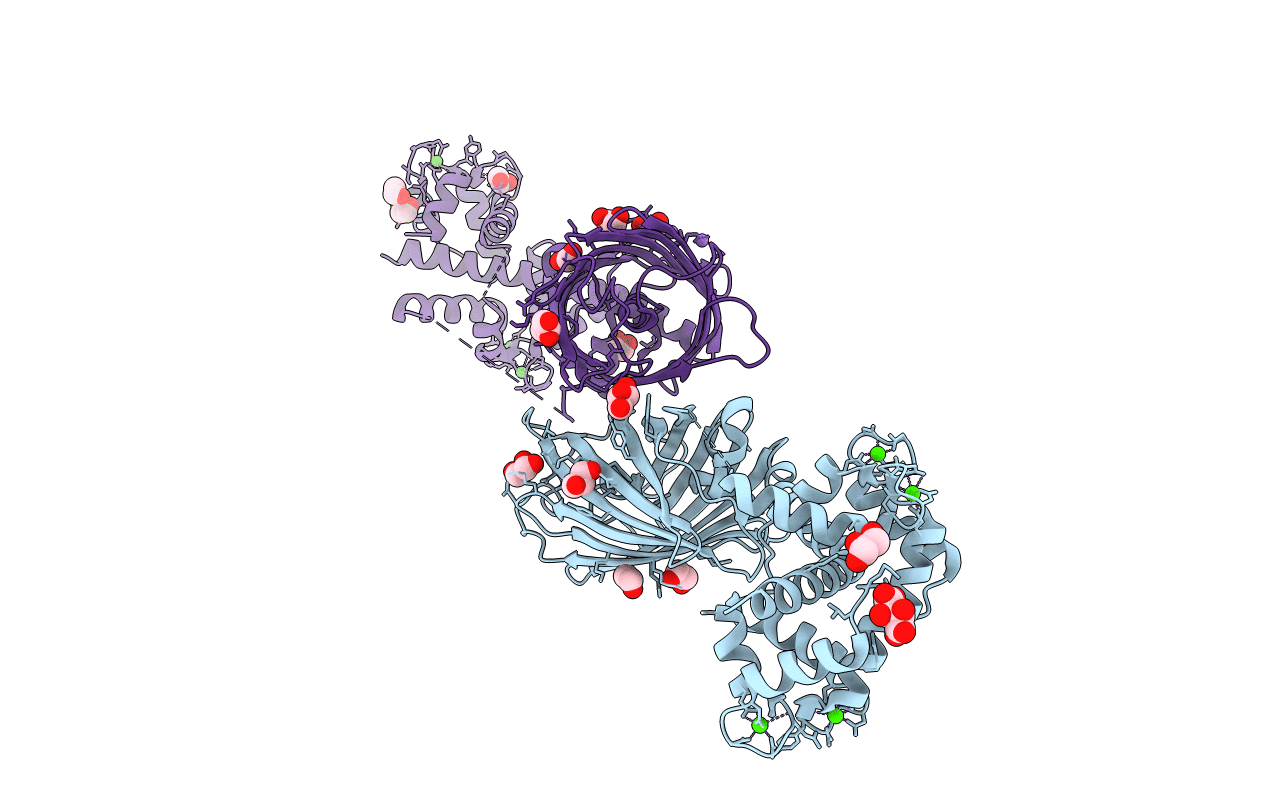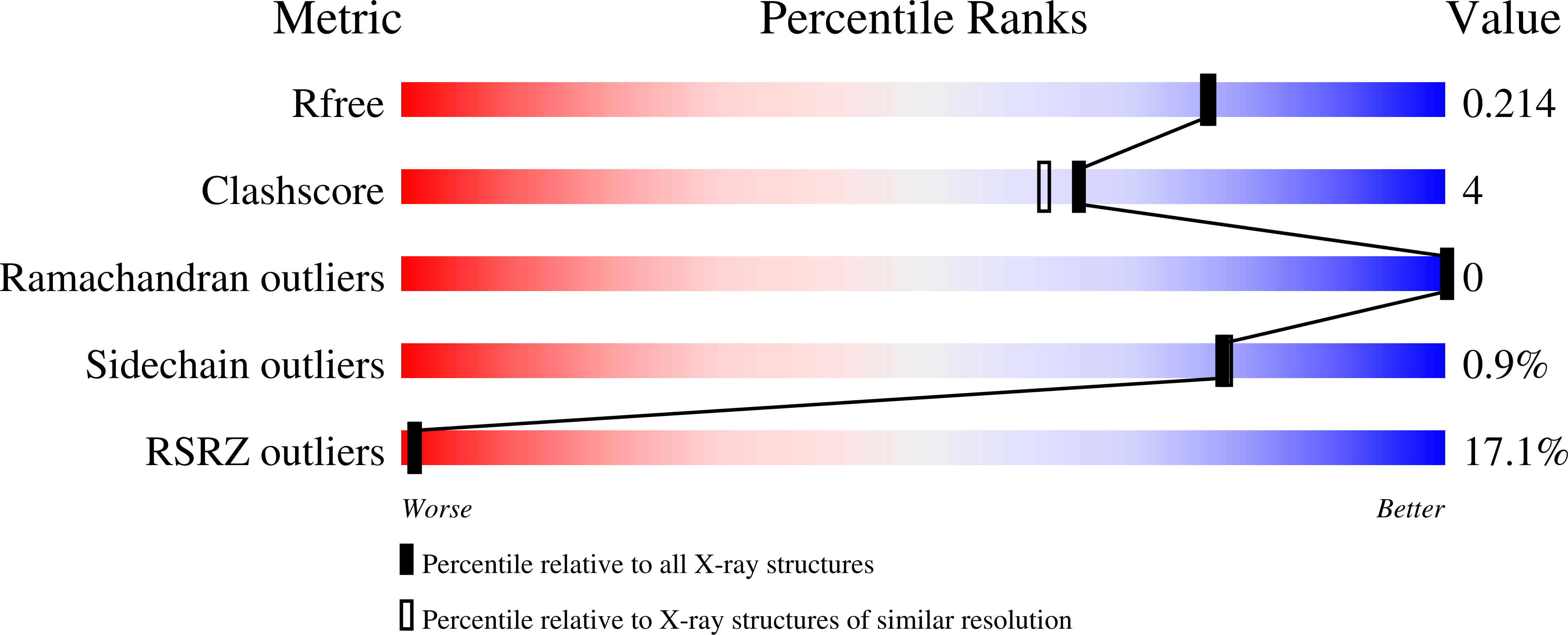
Deposition Date
2018-09-26
Release Date
2020-04-08
Last Version Date
2024-10-16
Entry Detail
Biological Source:
Source Organism:
Oryctolagus cuniculus (Taxon ID: 9986)
Bos taurus (Taxon ID: 9913)
Aequorea victoria (Taxon ID: 6100)
Homo sapiens (Taxon ID: 9606)
Bos taurus (Taxon ID: 9913)
Aequorea victoria (Taxon ID: 6100)
Homo sapiens (Taxon ID: 9606)
Host Organism:
Method Details:
Experimental Method:
Resolution:
1.90 Å
R-Value Free:
0.21
R-Value Work:
0.18
R-Value Observed:
0.18
Space Group:
P 1 21 1


